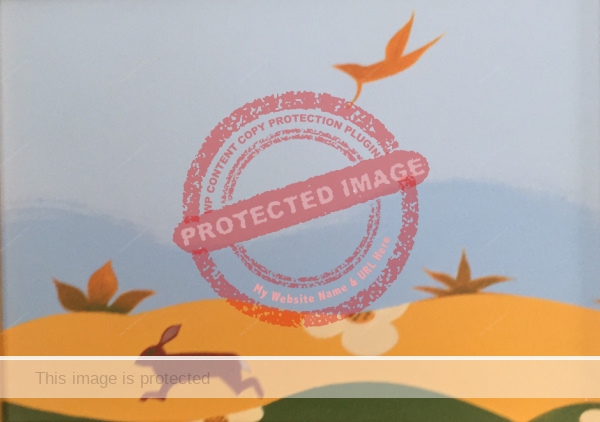Artist Ray Cooper, a friend of Tom Brudenell, traveled with Brudenell from Berkeley to Jocotepec in late 1967 and remained in the town for several months until April 1968. It was during the town’s annual January fiestas in 1968 that Brudenell drew a barefoot Cooper, working by candlelight at a desk, under the protection of a typical Jocotepec tiled roof:
Brudenell recalls his Berkeley friend as long-haired, usually barefoot, and absorbed in his art and his family.
Cooper has vivid memories of their trip to Mexico, perhaps because it was his first trip abroad. He remembers that he did not want to be seen as a hippie, given that at that time “hippies were being deported” from Mexico. To that end, he kept his hair short, never wore shorts, and “wore long sleeve white or light blue dress shirts and clean Levi’s… We dressed to a middle class Mexican standard, avoided marijuana and were sober.”
Cooper, born in 1942, studied at the Cornish School of Allied Arts in Seattle (1962-1963) and the California College of Arts and Crafts in Oakland (1964-1967). Disillusioned by the direction art education was taking, and demoralized by the Vietnam War, Cooper dropped out of art school, and jumped at the chance to travel with Brudenell to Mexico.
Cooper recalls that they entered Mexico after a detour to Phoenix to collect a dark-haired, bespectacled girl named Peggy who was on her way down to San Miguel de Allende to start a photography class. He remembers that, after an adventurous trip, they left Peggy in San Miguel and returned to Lake Chapala, where they looked for a house to rent. Deciding that rents were too high in Chapala and Ajijic, they settled on a small home in Jocotepec, where both painters soon became immersed in their work.
(Coincidentally, Ray Cooper’s brother Stanley and one of his brother’s close friends, the artist Billy King, would both later live in the Lake Chapala area for many years.)
Cooper loved Mexico. He liked the people, enjoyed the food and found new artistic freedom in being there. His trip turned out to be the start of extensive travels in various parts of the world, including Costa Rica, Mauritius, France, Greece, Italy, Tunisia and Egypt.
While in Mexico, Cooper discovered Huichol Indian art for the first time. He greatly admired the ceramics skills of pre-Columbian potters in Colima, renowned for their beautifully-proportioned portrayals of animals and zoomorphic figures. Spending time in Guadalajara, contemplating the striking, large-scale murals by artists such as José Clemente Orozco, also had a powerful influence on his art.
Shortly after his return to the U.S., Cooper utilized his memories of the art of Huichol Indians, Colima potters and Mexican muralists, to help him draw a stage backdrop of imaginary figures for a Halloween Ball fund-raiser for the (later controversial) Synanon rehabilitation program in San Francisco.
Cooper’s fine paintings have been featured in many exhibitions, including at the California Biennial Competitive Show, Richmond, California (1968); San Francisco Museum of Modern Art (1968); Geyser Peak Winery Reception Center, California (solo show, 1975); Napa Sonoma Wine Industry Competitive Exhibit, California (Prize-winning, 1975); Oregon Episcopal School Faculty Exhibitions, Portland (1979-1993); Botanical Garden, Asheville, North Carolina (solo show, 2002); Muse Salon, Haywood Park Hotel, Asheville (2003); The Casbah, Tunis, Tunisia (2004); Holy Ground, Asheville, North Carolina (solo show, 2007); Converse College, Spartanburg, South Carolina (collaborative exhibit with Tunisian artist Hamadi Ben Saad, entitled “Trans-Atlantic Voyages”, 2010); Opportunity House, Hendersonville, North Carolina (solo show and workshop, 2012); Starving Artist Art Supply and Gallery, Hendersonville, North Carolina (2012); The Arts Arena Gallery, Delray Beach, Florida (2014).
Alongside his art, Cooper worked for many years in landscape design. This is especially evident in many of his later paintings which are powerfully simple depictions of the natural world.
On his website, Cooper explains that,
My work explores the mystery of life using easily read symbols that imply passage of time and evolution. The earth, sky, water, clouds, ferns, flowering trees, and fruit are essences abstracted to represent everything.”
While we cannot know how all this came to be, we must wonder. Science can only describe, it does not explain. A transcendent element in science is possible, and faith without rational thought does not necessarily rise above superstition. To know anything, both are necessary.
Questioning the nature of Nature, plus having faith in the existence of a Divine ultimate reality are equal in my attempt to understand the world. The profound mystery of life requires a leap of faith and my paintings are about that.”
Want to learn more?
- Ray Cooper’s website – http://www.raycoopergallery.com/ – had numerous examples of recent work but is no longer active.
- His former website has examples of earlier work.
Acknowledgments
Sincere thanks to both Tom Brudenell (first interviewed at his home, 1 Feb 2015) and Ray Cooper (first interviewed by phone and email, 15 April 2015) for sharing their memories of Mexico.
Related posts:
Tony Burton’s books include “Lake Chapala: A Postcard History” (2022), “Foreign Footprints in Ajijic” (2022), “If Walls Could Talk: Chapala’s historic buildings and their former occupants” (2020), (available in translation as “Si Las Paredes Hablaran”), “Mexican Kaleidoscope” (2016), and “Lake Chapala Through the Ages” (2008).



Ray, I think “Temple” is one of your best. Lush, lyrical, &, of course, the light.